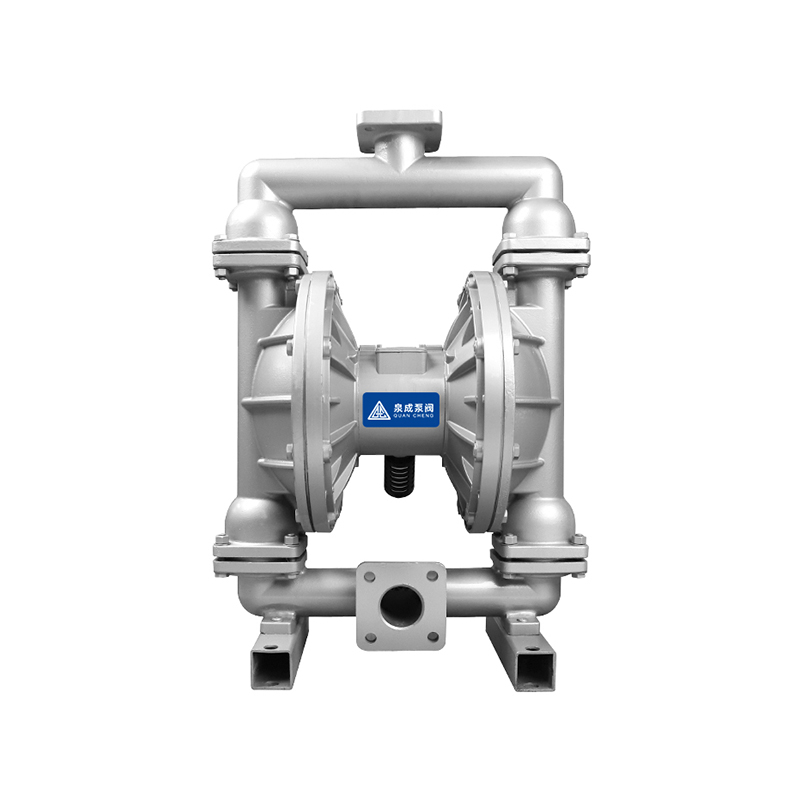Full Automatic Constant Pressure Variable Frequency Water Supply Equipment is a new generation of hi...
See DetailsHow Jockey Pumps Support Efficient Fire Safety Operations?
Industry News-Jockey pumps are specialized devices widely used in fire protection and water supply systems to maintain consistent pressure in pipelines. Unlike main fire pumps, which operate during emergencies, jockey pumps are designed to handle minor pressure fluctuations caused by small leaks, temperature variations, or routine water use. By maintaining steady pressure, these pumps prevent the main fire pump from activating unnecessarily, reducing wear and extending operational life. In both residential and commercial buildings, jockey pumps ensure that sprinkler systems and other safety infrastructure remain ready for action at all times, supporting overall building safety and reliability.
Modern jockey pumps are equipped with features that enhance both functionality and durability. Pressure sensors continuously monitor pipeline conditions and send data to the control unit, which automatically activates the pump when pressure falls below the set threshold. High-quality materials, including corrosion-resistant metals and durable seals, improve longevity and reduce the risk of system failure. Compact designs allow for easier installation in mechanical rooms or utility areas, while some advanced models incorporate variable speed drives to adjust flow rates according to pressure needs. These technological enhancements help reduce mechanical stress on pipelines and minimize maintenance requirements, contributing to smooth and efficient operation over time.
Jockey pumps are used in a wide variety of settings, reflecting their versatility and practical importance. In residential buildings, they maintain pressure in fire sprinkler systems and plumbing networks, ensuring safety and comfort without unnecessary operation of the main pump. Commercial facilities such as hotels, office complexes, and shopping centers rely on jockey pumps to provide consistent water pressure across multiple floors, supporting extensive sprinkler and safety systems. Industrial sites also employ these pumps to protect production areas and equipment from fire hazards, with the ability to adjust operation according to specific system demands. The adaptability of jockey pumps makes them a valuable component in diverse water management scenarios, balancing performance with energy efficiency.
Manufacturers are developing models with smaller footprints, quieter operation, and improved automation to meet the demands of modern buildings. Digital monitoring systems enable operators to track performance remotely, identify potential issues, and optimize pump function. Both new construction projects and upgrades to existing facilities increasingly incorporate modern jockey pumps, reflecting their effectiveness in maintaining consistent water pressure and supporting fire safety infrastructure. Building safety regulations increasingly focus on reliable water distribution and system readiness, highlighting the essential role of jockey pumps in maintaining efficient and dependable pressure management.
Jockey pumps contribute to cost savings and energy efficiency in building management. By preventing frequent starts and stops of the main fire pump, they reduce electricity consumption and minimize wear on critical components. Routine monitoring and maintenance of jockey pumps are simpler compared to larger systems, allowing facility managers to maintain consistent pressure with lower operational effort. The ability to customize pump settings according to building size and water demand further enhances efficiency, ensuring that resources are used effectively without compromising safety.
Jockey pumps remain an integral part of water supply and fire protection systems, providing steady pressure, reducing unnecessary operation of main pumps, and supporting the overall safety and efficiency of buildings. Their combination of advanced control systems, durable construction, and adaptability to different applications makes them a practical choice for residential, commercial, and industrial settings.










 浙公网安备33032402001888号
浙公网安备33032402001888号
